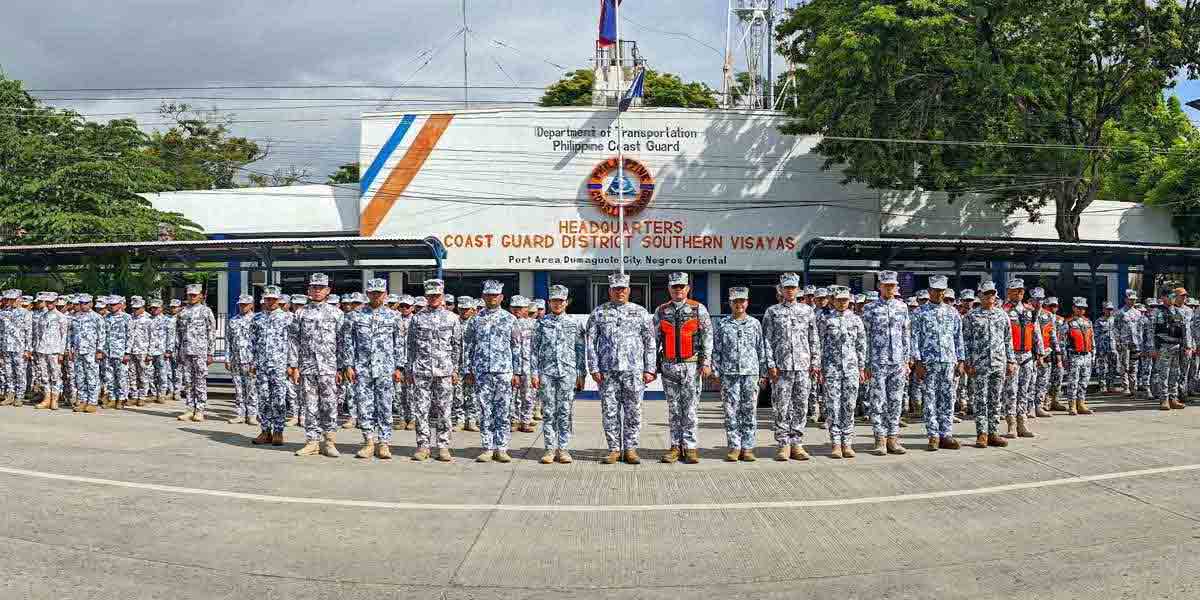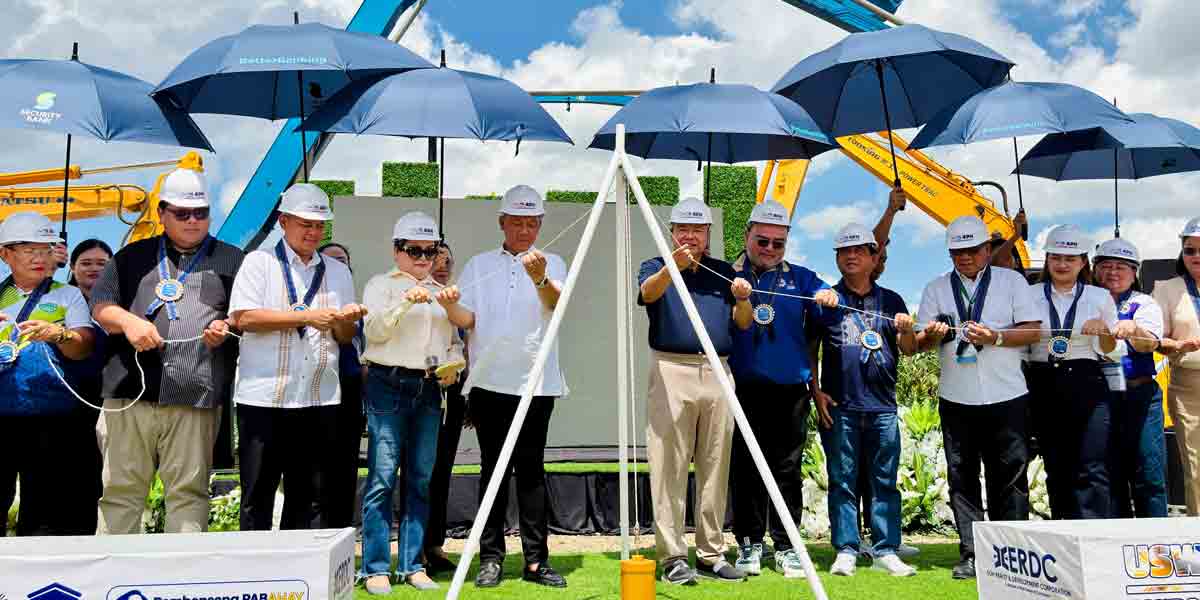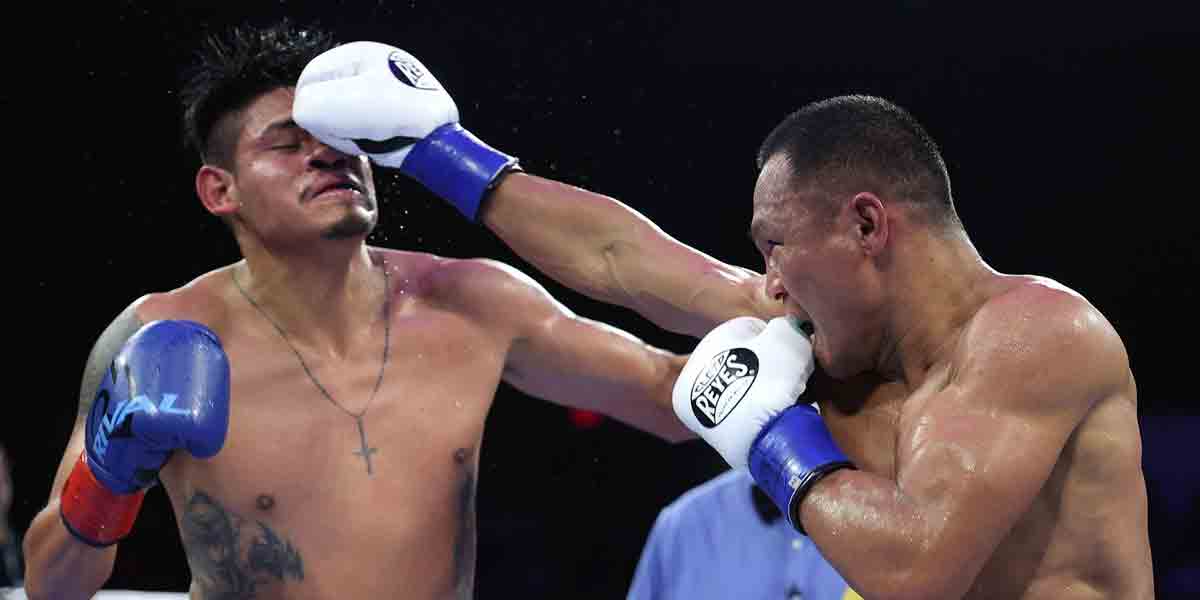By Philip Bowring
With a fractured geography and complex identity, the Philippines is an eclectic and unique mix of culture, environment, people and politics. In The Making of the Modern Philippines: Pieces of a Jigsaw State (published outside the UK on June 2, 2022, by Bloomsbury Academic), Philip Bowring navigates the history of this populous island republic to define and explain its position in the modern world.
Looking past the headlines of volcanoes, earthquakes and violence, the author asks why the Filipino economy has lagged behind its neighbors, explores the importance of its location in geopolitics, and investigates how its deep-rooted Catholicism clashes with the Islamic consciousness of the region in which it sits.
Taking the history of the Philippines from its pre-colonial era, through its Spanish and American occupations and up to the modern day, Bowring unravels the complex politics, culture, peoples and economy of this rich and unique nation.
Engaging with challenges the Filipino people face today such as federalism, revolution, Mindanao, the diaspora, capitalism and relations with China, it rediscovers the struggles, culture and history of its past to understand the present. Excerpts follow:
In March 1521 three ships under Ferdinand Magellan (Magalhaes/Magallanes), a Portuguese navigator in the service of the king of Spain, landed in the Visayan islands.
One ship later completed the first circumnavigation of the globe, an event for the history record books. But, more importantly, the voyage changed the history of the islands. A few decades later, Spain assumed ownership of the archipelago stretching from the Luzon Strait to the Sulu Sea and named it Islas Filipinas.
The people, by now numbering 110 million, were and remain predominantly of Malay / Austronesian race, language and culture. The Spanish left a religion, a few genes and some aspects of culture, and there have been other influences from America and China.
The Philippines is unique in many ways: in its geology, in its fauna, in its history of rule by two successive Western powers.
It has been a political identity with a singular name for nearly 500 years, much longer than many of its neighbors.
It is the only predominantly Christian nation in Asia south of the Caucasus and is fervently Catholic. In the nineteenth century, it spawned the first modern nationalists fighting Western imperialism.
However, this singularity does not make for an identity that is readily understood even by its own citizens, let alone by foreigners. The country is part of the vast Malay Archipelago and shares a basic language and some culture with its Indonesian and Malaysian neighbors but it is separated from them by 500 years of history and is itself divided by fragmented geography and regional loyalties.
That history explains the Philiplpines’ current problems as reflected in a weak post-1945 economic and social performance compared with most of its neighbors, and in continuing high levels of violence. Democracy flourishes, elections are regular, noisy and competitive – yet little progress is made towards changing a system dominated by dynasties, as seen in the contests in the 2022 election.
Geology divides it into more than 2,000 inhabited islands. Regional rivalries and the widespread but not universal use of English have thwarted the acceptance of Filipino (essentially the Tagalog of Central Luzon) as the national language. Regional languages and loyalties remain strong so that imported languages and the Church seem at times the main unifiers.
It is also an administrative jigsaw in that power locally lies not with its geographically coherent seventeen regions but with 81 provinces and cities with province-level powers, some very small.
A basic Malay culture has been so influenced by Spain and the Catholic Church, and then by America, that its identity is sometimes seen as Latin as much as Asian. Indeed, many Filipinos in California, where they are the second-largest Asian community, often self-identify as Latino or Pacific islander, not Asian.
The Catholic Church, as adapted locally, provides some common bond, other than for the Muslims, but faces its own challenge from evangelicals and populist preachers. Religious division is an underlying historical reality exacerbated by the concentration of Muslims in western Mindanao and Sulu and more recently by extremist Islamism from abroad.
Yet the cultural roots and language, even aspects of its politics, remain essentially Malay from Ilocos in the north to Sulu in the south.
‘Katagalugan’? ‘Maharlika’? No thanks
However fragmented by religion, local languages and quasi-tribal identities, the Philippines is at once identifiable yet hard to define or describe.
The very term ‘Filipino’ began with local-born Spaniards, known as creoles , and only very gradually spread to Spanish mestizos, Chinese mestizos and urbanized indigenous people accepted into the dominant principalia class.
The nationalism of the ilustrados (the reformist educated elite) in the late nineteenth century raised national consciousness and the struggles against America and Japan saw mass participation. Independence brought the masses into the Filipino embrace but, despite shared urbanization and education, the sense of national identity developed fitfully.
Added to the centrifugal forces of geography was the strength of elite links to the US and of many leading businessmen to China. Suggestions to change the colonial name to a Malay one have failed
Many late nineteenth revolutionaries preferred Katagalugan, which became the name of a short-lived Tagalog republic. More recently Maharlika, a word denoting a Tagalog noble warrior class, has been suggested but attracted little support.
Five hundred years on from the arrival of Spain and Catholicism, fissures remain. Muslim Mindanao’s on-and-off warfare has been about local rivalries as well as opposition to Manila and Christianity.
Meanwhile, non-Muslim parts of the island also continue to see conflicts. In Mindanao, in particular, those disputes are mainly over land rights between local ethnic groups and the broader population whose composition has been changed by decades of migration from the Visayas.
The internal colonization continues. Visayan languages now predominate in Mindanao. Generally, regional loyalties – and, in political terms, local patron-client relationships – remain important.
They remain crucial even if weakened by urbanization and the shared identity of the millions of Filipinos now working overseas or brought together via social media such as Facebook or by international beauty pageants.
National politics is still partly driven by the regional appeal of particular candidates. Local identity is mostly stronger than national identity, perhaps a reflection of the lack of esteem for the national government.
After years under a backward Spain and the aegis of friars, American imperialism brought education and new legal and administrative systems. Seventy years ago, the then recently independent Philippines boasted higher literacy levels than most of Asia and the highest income levels among populous Asian countries apart from Japan. It had an admired – at least from a distance – US-inspired legal and democratic system.
Today, despite two decades of reasonable economic performance, the country is widely seen as having failed to match most of its neighbors in income growth and progress in education. It remains better known for natural disasters, flamboyant leaders, political violence and sporadic insurgencies – and for its major export: its own citizens finding work abroad that they could not find at home.
Its social structure has changed only modestly over time, with huge gaps in income and wealth, the dominance of certain families, particularly in the provinces, the preference for the fairer skins of mestizos (European or Chinese) and even place names celebrating colonialists, for example the posh enclaves of Makati – Magallanes, Forbes, Legazpi, Urdaneta and Dasmarinas.
Violence is an all too constant ingredient in politics. President Duterte’s so-called War on Drugs killed particularly large numbers. Killings of political rivals, of critical journalists and of farmer- and worker-activists had long been common but accelerated dramatically under Duterte.
Lawyers abound but the state of law and order varies widely, ever subject to political and pecuniary influences. The state structure is weak for historical and geographical reasons, which partly explain the persistence of insurgencies and of dynastic politics at both national and local levels.
Senses of nationalism and civic duty appear weak compared with the demands of kinship and client relationships, blurring lines between public and private spheres. These features have especially flourished under the decentralized political system and weak central bureaucracy bequeathed by America. Trading and sailing have always been essential elements of economic life and smuggling a natural outcome of attempts to tax.
However, the nation has strengths, too. Filipinos may be divided among themselves at home but in the outside world they have an identity and solidarity that is strong and recognized as such. Gender equality is ahead of most of Asia; Filipino workers are valued overseas for their skills and commitment, and command of English carries global benefits.
The country’s Catholicism is sometimes about ritual more than ideology. The society has relatively few hang-ups about racial mixing born of centuries of practice and the more recent impact of migration. It is welcoming of foreigners and renowned for its love of music and fiestas.
There is a tradition of free speech – and sometimes gaudy rhetoric – and the news media are often too lively to suit those in power.
In the longer run – a generation or two away – the Phiulppines’ high fertility rate, which has long been a burden, will prove a bonus as most of its neighbors face aging and falling populations.
One day the nation may even acquire a name that reflects its Malay core identity.
China’s shadow looms
As a nation, the Philippines needs to be taken more seriously by itself as well as by outsiders. Already it has 110 million people, or ten times as many as a century ago, and it’s still growing by about 1.3 million a year. After the grip of two distant empires, Spanish and American, it now lives under the shadow of another, closer one, China.
Its island chain separating the Pacific Ocean from the South China Sea, and hence the Indian Ocean, is strategically vital to bigger powers. Its own West Philippine Sea (the eastern part of the South China Sea) is now largely claimed by China, while the US, Japan and others demand freedom of navigation.
Despite its close ties to the US, and its stunning 2014 victory over China’s sea claims at the Permanent Court of Arbitration in The Hague, its attitude to China has been equivocal. Now, as in the past, money sometimes trumps patriotism. Its own ethnic Chinese are also sometimes an issue given their prominence in big business, and in the preference (also partly colonial) for fair over the browner skins that are the Filipino norm.
Philippine fortunes have often reflected global power shifts – to Spain, at the height of its 16th-century power; to the US, as it moved on to the imperial world stage in 1898; to Japan briefly between 1941 and 1945, until the US became the regional hegemon.
Now the question is whether China, with economic as well as military power, will be next. Or can this fundamentally Malay people find common cause with Malay cousins in Indonesia and Malaysia, and their ever-proud Vietnamese neighbors and – helped by outside powers such as the US, Japan and India – keep China in its mainland box?
For the Philippines itself, much may depend on its own social and economic development, in particular broadening the base of power and prosperity in a country where government, local as well as national, has been the domain of dynasties and rent-seeking politicians and where those of mestizo origin (Western or Chinese) and appearance are often favored.
Ethnic Chinese dominance of much big business adds to the gap between elites and the rest. Foreign investment has been held back by vested interests cloaking themselves in nationalism. The islands have had numerous changes of rule, foreign and local, but no revolution and only half-hearted efforts at land reform.
Communist insurgency still troubles some rural areas, but not enough to be a sufficient threat to generate change. Meanwhile, the shared values and identity that the Catholic Church, or at least its saints and symbols, provided to the majority have made reconciliation of the Muslim minority more difficult.
Filipinos have a reputation for being hard-working and quick to learn new skills, but these attributes have mainly benefited the foreign countries to which millions have migrated. Their remittances support the domestic economy, but are no substitute for the investment and good governance that would keep them at home.
In recent years a surge in Business Process Outsourcing (BPO) has provided a way to use some of these talents but the nation has largely failed to develop a competitive manufacturing sector like those of its neighbors.
Strong and broad family ties and obligations provide a measure of social security but also contribute to the dynastic politics and nepotism that undermine good government.
The past is littered with fake history including a mythical fifteenth century law giving legitimacy to President Ferdinand Marcos’s wartime medals. Nationalism is more often rhetorically invoked than put into practice. False dawns have been many and false prophets are a constant threat.
Ferdinand Marcos promised that martial law would bring order and progress – but his regime ended in debt and disillusion. When the famous dynasts failed to deliver prosperity, the people turned to celebrity figures from movies and sports, and then back to a dynast and then an action man with a real gun.
President Rodrigo Duterte’s vulgar populism promised change by targeting privileged groups, drug users and, supposedly, corruption but little changed other than that his personal rule undermined already weak institutional checks and balances. He also helped Marcos’s son become president.
But things can improve, indeed must do if the nation is not to fall farther behind its neighbors and provide for its ever-growing population at a time of increased natural hazards. Global warming is adding to the familiar hazards of annual typhoons, sporadic earthquakes and occasional volcanic eruptions.
The way change will come is unpredictable but it is unlikely, given the history, to be entirely peaceful and democratic.
It is also likely that overseas Filipinos, now numbering about 13 million, will have to play a role beyond keeping the nation afloat with their remittances. Many heroes of Asian revolution and independence learned from their radicalism overseas, not least the Philippines’ national hero Jose Rizal, writer, doctor and cautious revolutionary schooled in 19th-century European liberalism.
Extracted from: The Making of the Modern Philippines: Pieces of a Jigsaw State (Bloomsbury Academic) by Philip Bowring.
Philip Bowring is a journalist based in Hong Kong and held the position of editor for the Far Eastern Economic Review between 1973 and 1992. An expert on maritime history and the history of Southeast Asia, he is the author of Empire of the Winds (Bloomsbury, 2018).






















